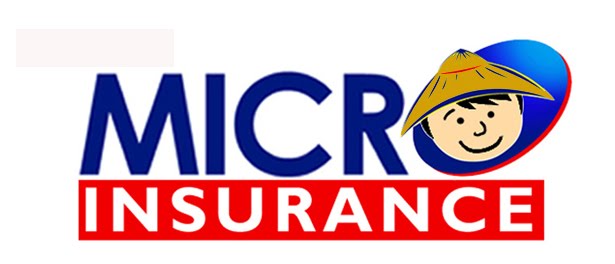By Ted P. Torres
The Philippine Star
Updated March 30, 2010 12:00 AM
MANILA, Philippines - An international investment fund is planning to invest up to P1.1 billion (approximately $25 million) for microinsurance initiatives in the Philippines.
The P1.1 billion is part of a microinsurance fund amounting to $110 million (P5 billion) allocated for investments in businesses that are designed to deliver affordable insurance in Asia and Africa.
LeapFrog Investments is an investment fund that targets strong returns for its investors, tapping the estimated microinsurance market of 1.5 billion people in emerging markets.
Through its portfolio companies, LeapFrog aims to reach 25 million low-income and vulnerable people with essential financial services, 15 million of them women and children, providing protection against life’s tragedies the devastating impact of climate change, and thus ending cycles of poverty.
The fund will be converted into investments of P250 million to P700 million ($5 million to $15 million) and partner with local insurance companies, microinsurers, or businesses with significant distribution platforms that reach the mass market.
In addition to the Philippines, LeapFrog’s priority countries for investment include India, South Africa, Kenya and Ghana.
LeapFrog principal for East Asia Stéphane Chatonsky said that they are looking for partners with innovative insurance and financial services companies or Filipino businesses that own strong distribution platforms.
Chatonsky said that they are guided by the profit-with-purpose investment approach, meaning they manage funds that must earn strong returns for its investors, and at the same time, invest the funds in efforts towards poverty alleviation.
“We will partner with local players and bring to bear resources and our knowledge of global best practices, to ensure Commercial success and impact – supporting the provision of affordable and relevant microinsurance products and other financial products,” she added.
In an earlier interview, LeapFrog founder and president Andrew Kuper said that they would like to take microinsurance to the next level.
“The industry needs to be taken to the next level, both in terms of establishing a new asset class and in terms of demonstrating that microinsurance is a strong business and investment proposition. That success is the swiftest way to open the gates of the capital markets, and make a real dent on mass poverty,” Kuper said.
The three kinds of investment strategy are: investments made on an existing microinsurance company that needs substantial capital and operation guidance; joint venture and co-capitalizing companies with microfinance institutions (MFIs) and other large distributors; and, co-investment with an insurer that seeks to develop an insurance product and distribution network specifically to reach low-income markets.
“We can acquire a large stake in an insurer and help them drive products down the income pyramid,” the LeapFrog president added.
Roughly 70 percent of the Filipino population, or more than 65 million people, are classified as low-income. Yet they have sufficient funds to afford some form of insurance for their families and enterprises. Insurance can have a transformative impact on their lives and livelihoods.
The country’s penetration rate for insurance is still one of the lowest in the region.
That may change as taxes on insurance products have been reduced with the passage of Republic Act 10001, which lowers the premium tax on life insurance policies and fixes the rate of documentary stamp tax (DST).
Likewise, the Bangko Sentral ng Pilipinas (BSP) now allows thrift and rural banks to sell microinsurance products. That however must be differentiated from the traditional and complex life insurance and other financial products being sold by the commercial banking system.
The public and private sector recently signed the Microinsurance Innovations Program for Social Security (MIPSS), a comprehensive program “to improve the risk protection and security of poor people in the Philippines.” In general, that could be translated to microinsurance designed for the poorer sector of society, taking into account cheap insurance products and easy premium payment schemes.
The target for microinsurance is an estimate 1.5 billion vulnerable people in emerging markets. LeapFrog aims to reach 25 million low-income people with essential financial services, 15 million of them are women and children.
Recently, four global institutions have made commitments to LeapFrog. They are: the International Finance Corp. (IFC), the private investment arm of the World Bank Group, which committed $20 million; the board of the Soros Economic Development Fund, a $7-million investment. Flagstone Reinsurance, a global reinsurer, committed $12 million.
The KfW Entwicklungsbank and BMZ, the German Federal Ministry for Economic Cooperation and Development, made the largest single commitment worth $25 million


